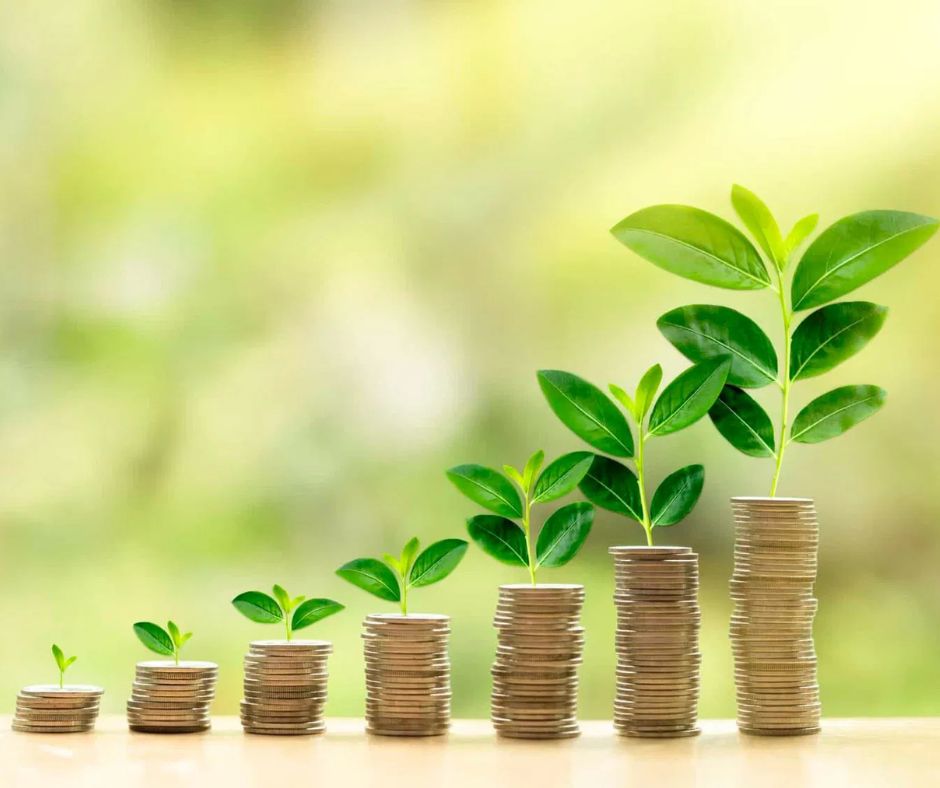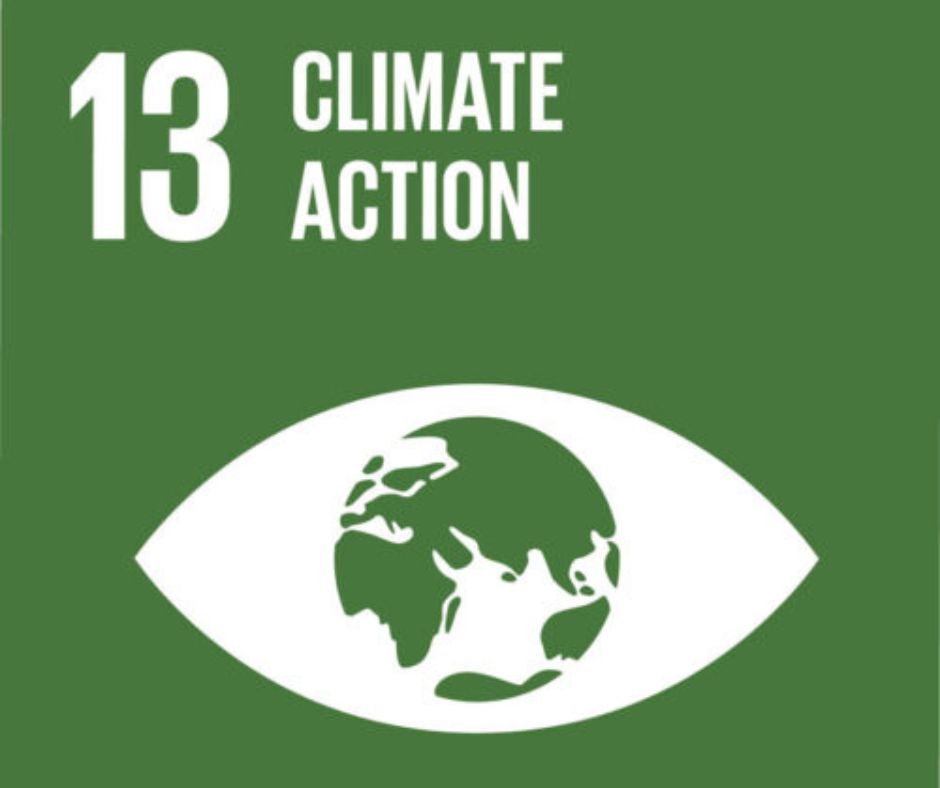Topic
| UN development programme | Topic | Member states | Links and documents | Contact |
|---|
Financing for climate action for developing countries
Introduction
 The world has become aware of the climate crisis as early as the late XIX century, a bit more than a century after the beginning of the Industrial revolution, the main turning point of the aforementioned climate crisis. Almost a whole century after initially recognising the effects of climate change, the United Nations Framework Convention on Climate Change was drafted on May 9th, 1992. Another 5 years is the time it took to adopt the Kyoto Protocol, the first legally binding climate treaty that required developed countries to reduce their green-house gas emissions by an average of 5% below the 1990 levels. In 2015 came the Paris Agreement, a legally binding international treaty striving to keep “the increase in global average temperature to well below 2°C above pre-industrial levels”, and try “to limit the temperature increase to 1.5°C above pre-industrial levels.” The Paris Agreement also amplifies the importance of supporting developing countries to make and follow their Nationally Determined Contributions (NDC) by creating the world’s largest climate fund.
The world has become aware of the climate crisis as early as the late XIX century, a bit more than a century after the beginning of the Industrial revolution, the main turning point of the aforementioned climate crisis. Almost a whole century after initially recognising the effects of climate change, the United Nations Framework Convention on Climate Change was drafted on May 9th, 1992. Another 5 years is the time it took to adopt the Kyoto Protocol, the first legally binding climate treaty that required developed countries to reduce their green-house gas emissions by an average of 5% below the 1990 levels. In 2015 came the Paris Agreement, a legally binding international treaty striving to keep “the increase in global average temperature to well below 2°C above pre-industrial levels”, and try “to limit the temperature increase to 1.5°C above pre-industrial levels.” The Paris Agreement also amplifies the importance of supporting developing countries to make and follow their Nationally Determined Contributions (NDC) by creating the world’s largest climate fund.
The current global temperature is about 1.1°C above pre-industrial times, and the green-house gas emissions are 50% higher than in the 1990s, and the temperature is expected to rise above 1.5°C within the next 10 years, reaching well above 2.5°C by the beginning of the second half of the century. It is somewhat believed that we can keep the temperature from rising higher than 1.5°C, but the time to take action is now. It is also important to note that climate change is sadly not distributed equally across the globe, and that there are regions more affected by others - those already experiencing extreme droughts, rainfalls, and heatwaves.Countries are currently helping one-another in terms of finances, technology, and capacity-building support.
Climate Action - SDG 13
 Sustainable Development Goals have been adopted by the United Nations in 2015 as a call to action to better the life on Earth in many ways, with 17 clear targets decidedon. This initiative, also known as the Agenda 2030, causes such as poverty, hunger, climate change, the lack of education, etc.
Sustainable Development Goals have been adopted by the United Nations in 2015 as a call to action to better the life on Earth in many ways, with 17 clear targets decidedon. This initiative, also known as the Agenda 2030, causes such as poverty, hunger, climate change, the lack of education, etc.
SDG 13 - Climate Action calls for immediate action regarding the halt of the changing climate in order to prevent catastrophes. The human impact of geo-physical disasters is 91% climate-related, which has killed 1.3 million people and injured 4.4 billion from1998 to 2017, with the economic losses from climate-related disasters being hundreds of billions of dollars. SDG 13 focuses on supporting developing countries, creating and realising disaster risk measures, implementing sustainable economies by using sustainable natural resources and reinforcing the security of the people in zones highly affected by climate change, as those regions have a 15x higher mortality rate in cases of climate disasters. Green-house gas emissions need to be lowered by 43% by 2030 and to net zero by 2050 in order to tackle the changing climate.
Green Climate Fund
Green Climate Fund is the world’s largest climate fund that aims to develop and realise Nationally Determined Contributions for a low-emissions and climate-resilient pathways.
Focus points for the Green Climate Fund are investing in building sustainable energy and industries, enabling human security, preserving and building the environment, and managing and caring for the forests and ecosystems.
Strategies for realising their goals are the following:
- Transformational planning and programming: strategies, policymaking and adaptation to sustainable development;
- Catalysing climate innovation: new technologies, business models;
- De-risking investment to mobilise finance at scale: improving risk-reward profile of low emission investments, crowd-in private finance, nature-based solutions;
- Maintaining climate risks and opportunities into investment decision-making to align finance with sustainable development: new norms and values.
Green Climate Fund has more than 200 Accredited Entities who work on projects in developing countries and helps in promoting partnership towards the goal of enabling the fund to work between private investors, development agencies and civil society organisations for a transformation of standards and practices. Current financial instruments include grants, concessional debts, guarantees or equity instruments to leverage blended finance and crowd-in private investments.
It must be noted that the adaptation financing gap for developing countries is still significant, despite the improvement in recent years. Public investment flows to developing countries have increased from 22 to 28 billion USD in 2022 (compared to 2021), meaning that the Collective financial goal from Copenhagen still needs to be met. Additionally, the estimated amount rqeuired for achieving adaptation goals is between year, underscoring the huge financial gap that still exists. New Collective Quantified Goal is expected to be agreed upon in 2025, making this a crucial cornerstone in climate action.
Questions to think about:
- How to effectively help finance developing countries to deal with the effects of climate change and build sustainable environments?
- How to overcome the financing gap in developing countries?
- How should climate justice principles guide decarbonisation efforts in developing countries?
